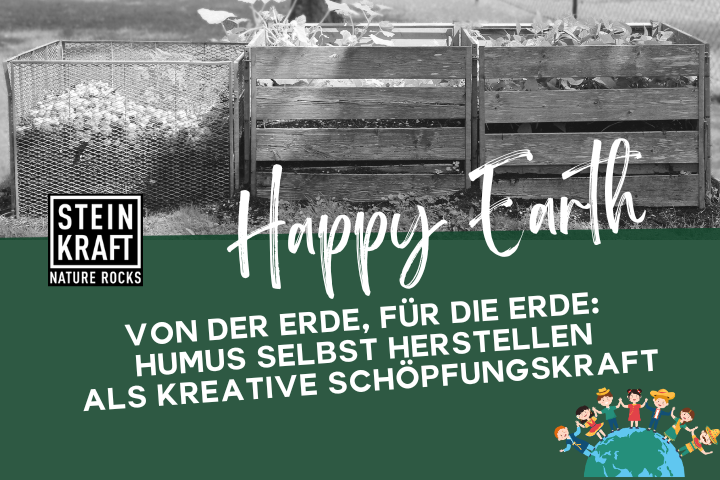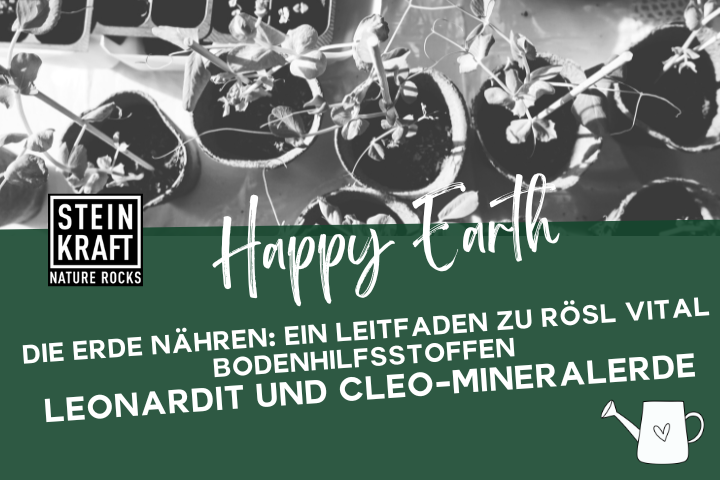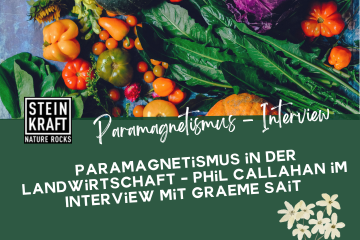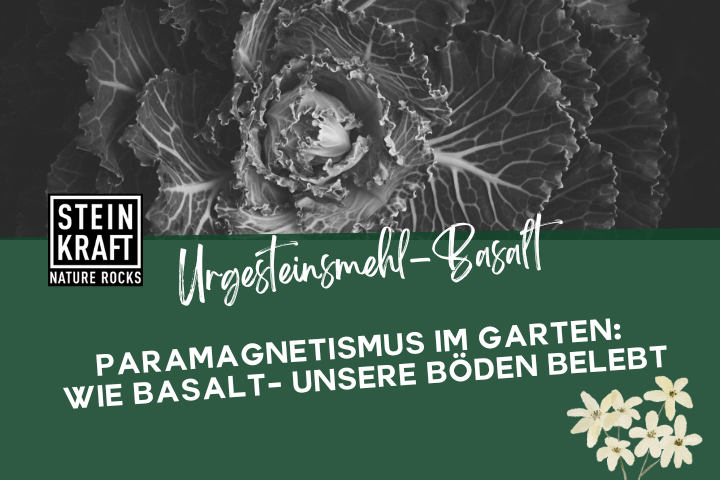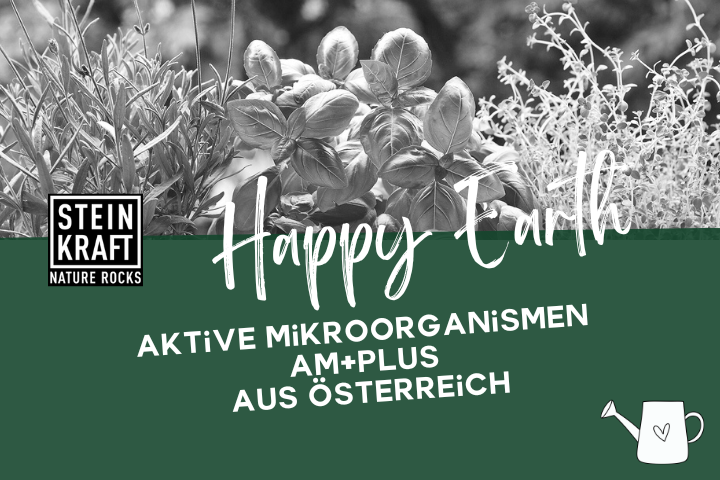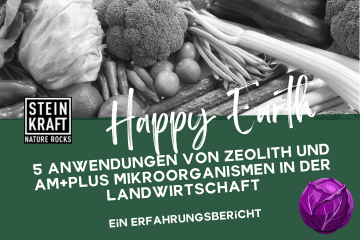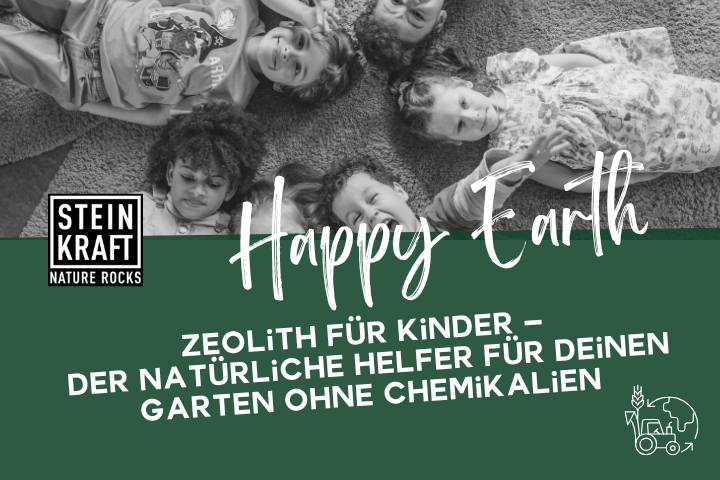4 skills for the soil small
CLEO mineral clay tribomechanically pulverized and activated, 80g
LEONARDITE tribomechanically pulverized and activated, 50g
COMPETENCE COMPOST from Rösl, 1 liter
AM+PLUS Active Microorganisms 1.5 liters
4 competent partners for your floor
--> Price advantage compared to these individual products: almost 40%
- Regular price
-
€32,50 - Regular price
-
- Sale price
-
€32,50
Couldn't load pickup availability
-
Hurry, only 12 items left in stock!
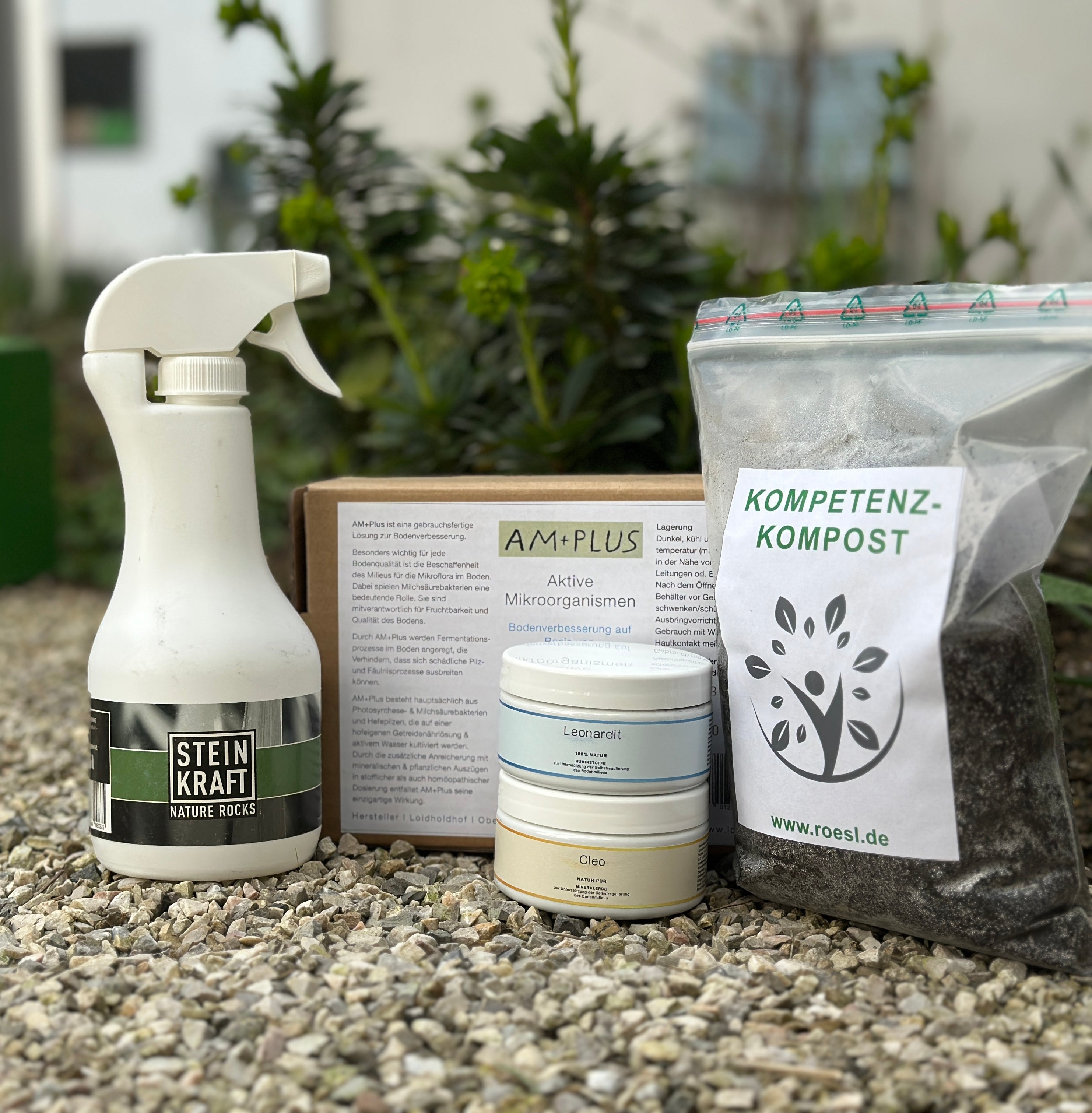
The 4 competencies
1. CLEO - MINERAL CLAY TO SUPPORT THE SELF-REGULATION OF THE SOIL ENVIRONMENT tribomechanically finely pulverized
The mineral clay Cleo consists of
- Natural loess clay with natural silicon. Loess clay is a soil formed by wind drifts over the last 2 million years.
- Leonardite, a highly oxidized lignite from a healthy environmental environment, formed 65 million years ago with a humic content of up to 80%.
WHERE IS CLEO MINERAL CLAY USED?
Anywhere! Whether at home, in the commercial sector, or directly in nature.
At home in the vegetable patch, on the lawn, on shrubs, trees, in-ground plants, potted plants, and in composting. It's also used in agriculture or outdoors in nature, in meadows or forests.
Feel free to use Cleo intuitively wherever you see a need. It can also be used as an additive in watering, when potting, when concreting, etc.
HOW IS CLEO MINERAL CLAY DOSED?
Cleo mineral soil can be used for watering, spraying, mixing in and spreading.
Watering water: add 0.5 tsp to 1 liter of water
Compost: Add 100 g to 1 m3 of compost
Soil: 20 g per 1 m2 of soil, spread superficially or work in lightly
WHY SHOULD I USE CLEO MINERAL CLAY?
Cleo provides energy and promotes the soil's self-healing and self-regulation processes. This mineral earth promotes soil life and supports a healthy soil environment, which can be the basis for healthy life (healthy humans, healthy wildlife) and a healthy natural environment (water, air, soil).
2. LEONARDITE - HUMIC SUBSTANCES TO SUPPORT THE SELF-REGULATION OF THE SOIL ENVIRONMENT tribomechanically finely pulverized
WHERE IS LEONARDITE USED?
Anywhere! Whether at home, in the commercial sector, or directly in nature.
At home in the vegetable patch, on the lawn, on shrubs, trees, in-ground plantings, potted plants, and in composting. It's also used in tree nurseries, in agriculture as an additive to stable bedding, manure processing, or animal feed, as well as in arable farming, hop cultivation, viticulture, and much more. It's also used outdoors in nature, in meadows, fields, or forests. Feel free to use Leonardite intuitively wherever you see a need.
Leonardite is a highly oxidized lignite from a healthy environmental environment, formed 65 million years ago with a humic content of up to 80%.
HOW IS LEONARDITE DOSED?
Leonardite can be used for pouring, spraying, mixing and spreading.
Watering water: 1 teaspoon to 1 liter of water.
Compost: 100 g per 1 cubic meter of compost
Soil: 20 g on 1 sqm of soil, spread on the surface or work in lightly
for water bodies: 50 g per cubic meter
in animals: see Leonardite Practical Handbook: Click here
WHY SHOULD I USE LEONARDITE?
Leonardite supports detoxification and has a positive effect on humification and soil revitalization. Humic soil promotes soil life and supports a healthy soil environment, which can be the basis for healthy life (healthy humans and healthy wildlife) and a healthy natural environment (water, air, and soil).
3. The COMPETENCE COMPOST is a special compost
which is applied to the seeds or roots of plants, or mixed into irrigation water. It promotes symbiotic relationships. Even a small amount provides the plant with sufficient microorganisms and nutrients.
WHAT DOES COMPOST COMPETENCE DO?
• More root mass
• Greater stress tolerance
• More humus build-up
• More resilience
SYMBIOSIS (= cooperation for mutual benefit) is a principle of life. The plant's very nature is designed for symbiosis; it is the master of symbioses. Together with its symbiotic partners (primarily bacteria and fungi), it builds humus during growth in the rhizosphere (the area in the soil directly influenced by the living root). The key to healthy soil is the combination of undersowing, species-rich cover crops of at least 16 species, and our expert compost (which symbiotes the seeds). The key is: The variety of different microorganisms in the soil determines its quality.
PRODUCTION of the competence compost
In special cyclone composters, where microorganisms enjoy the best living and growth conditions at all times, healthy and fertile compost builds up and promotes targeted symbioses. Humus aggregates are created that are stable in terms of nutrients, water, carbon, and crumbs. By incorporating several composting processes in these cyclone composters, we ultimately combine the knowledge of the leading humus researchers in a fifth compost. This creates inoculated compost. By enriching the seeds with this health-promoting microbiology of the inoculated compost, we transfer the conditions according to the sourdough principle with and through the growing plants to our quality composts. The result is our competence compost.
THE GOAL: Enriched seed. To provide the plant with as many microorganisms (= competent microorganisms) as possible that work together with the seed or plant. Every plant has unique needs. To provide it with the broadest possible spectrum of growth factors, our competence compost provides it with as many competent microorganisms as possible. This ideally meets the plant's needs.
AREAS OF APPLICATION:
New plantings • to seed • roots “symbiontize” • scatter superficially
Existing plantings • scatter over the surface • over irrigation water • put in (jute) bags and hang up
4. Active microorganisms from Austrian organic herbs based on lactic acid bacteria. Soil improver for gardens and houseplants.
COMPOSITION of microorganisms:
Photosynthetic, lactic acid bacteria and natural yeasts cultivated on an Austrian (farm-own) grain nutrient solution and activated water.
Through the additional enrichment with over 350 mineral and over 170 herbal information in homeopathic and spagyric form, AM+PLUS unfolds its unique effect.
AM+PLUS can be used in organic production according to Regulation (EU) No. 2018/848 as amended.
Why microorganisms for the soil?
Soil microflora is crucial for soil quality. Lactic acid bacteria play a significant role in this. They are significantly responsible for soil fertility and quality. Lactic acid bacteria stimulate fermentation processes in the soil, which prevent harmful fungal and rot processes from spreading.
The physician, soil researcher, and co-founder of organic farming, Dr. Hans Peter Rusch, discovered these connections back in the mid-20th century. He recognized that regions with the most lactic acid bacteria in the topsoil also have the highest soil fertility. Where lactic acid bacteria predominate in the soil, the soil is healthy. Neither the formation of pathogenic germs nor smelly rotting processes occur.
HOW AM+PLUS Active Microorganisms work in home gardening and in the garden:
The special lactic acid bacteria from AM+PLUS ensure an intact and active microbial flora in the topsoil.
They are an essential part of our environment. They colonize all surfaces and perform a variety of important functions. Some of these functions can be performed in different ways. This is especially true for decomposition processes. Many processes are prone to decay (liquid manure, manure, biogas, soils if improperly treated). However, decay promotes the spread of numerous pathogens that are harmful to humans, animals, and plants and produces harmful substances.
An alternative method of decomposition is fermentation. Fermentation is characterized by the fact that it produces high-quality, non-toxic decomposition products that can be utilized by other microorganisms or other living organisms. Lactic acid bacteria also perform an important function in the mycorrhiza, the area surrounding the plant's fine hairy roots. Thus, the lactic acid bacteria transfer the released nutrients to the plant while simultaneously keeping harmful substances out. They are, so to speak, the gateway from the soil to the plant. In addition, lactic acid bacteria break down soil nutrients, making them available to the plants.
USE / APPLICATION AREAS of microorganisms in home gardening and in the garden:
AM+PLUS can be used in home gardening and in the garden for soil revitalization and for plant foliar spraying .
Can be used in organic production according to Regulation (EU) No. 2018/848 as amended.
DOSAGE / APPLICATION of microorganisms:
Before removing the product, gently shake the container to dislodge any sediment.
Rinse application equipment thoroughly after use and avoid skin contact.
When watering soil and plants:
20 ml AM+PLUS for a 10-liter watering can of water, water in this ratio every 2 weeks.
For spraying plants:
10 ml AM+PLUS to 1 liter spray bottle of water, spray in this ratio every 2 weeks.
Against pest infestation:
Double the amount, i.e. 20 ml AM+PLUS to 1 liter of water.
For composting:
Pour 20 ml of AM+PLUS for a 10-liter watering can of water evenly over the compost using a large watering can.




